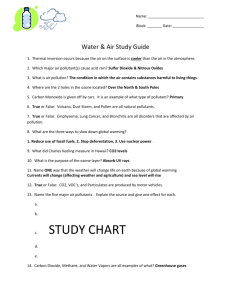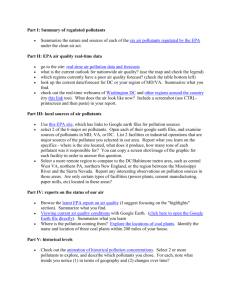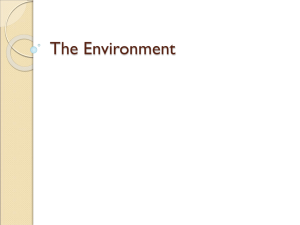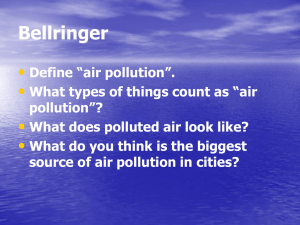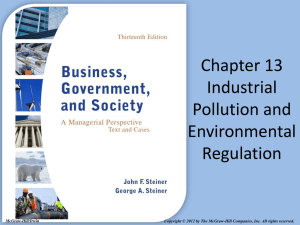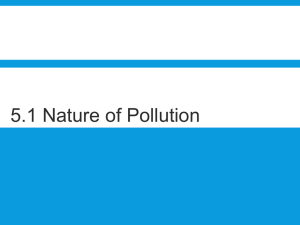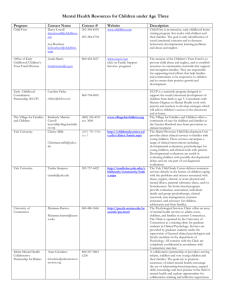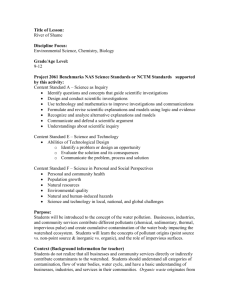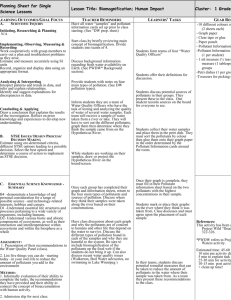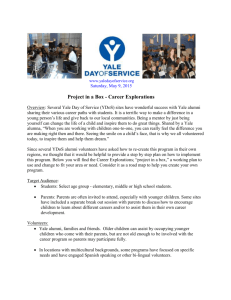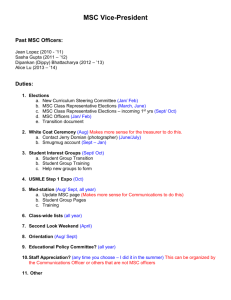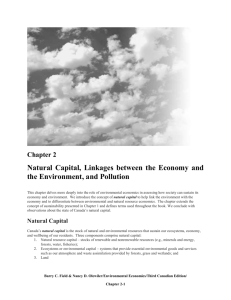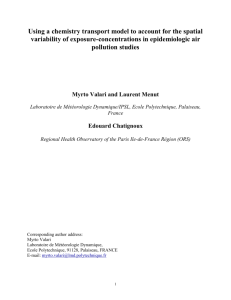Air Pollution Lowers Weight of Newborns
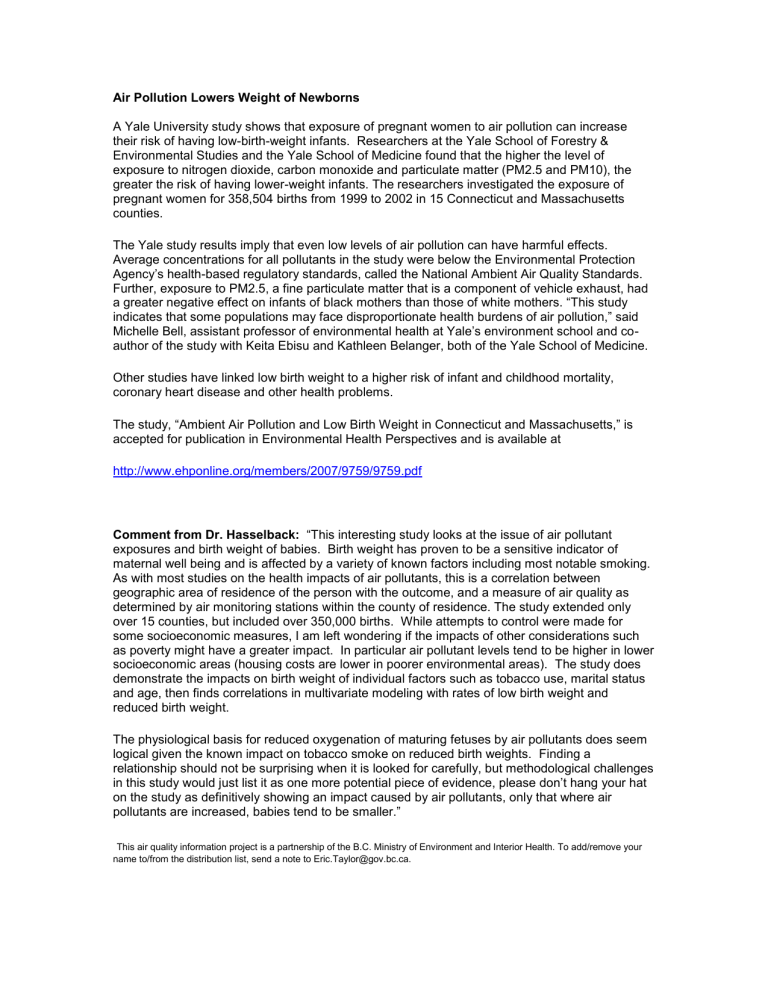
Air Pollution Lowers Weight of Newborns
A Yale University study shows that exposure of pregnant women to air pollution can increase their risk of having low-birth-weight infants. Researchers at the Yale School of Forestry &
Environmental Studies and the Yale School of Medicine found that the higher the level of exposure to nitrogen dioxide, carbon monoxide and particulate matter (PM2.5 and PM10), the greater the risk of having lower-weight infants. The researchers investigated the exposure of pregnant women for 358,504 births from 1999 to 2002 in 15 Connecticut and Massachusetts counties.
The Yale study results imply that even low levels of air pollution can have harmful effects.
Average concentrations for all pollutants in the study were below the Environmental Protection
Agency’s health-based regulatory standards, called the National Ambient Air Quality Standards.
Further, exposure to PM2.5, a fine particulate matter that is a component of vehicle exhaust, had a greater negative effect on infants of b lack mothers than those of white mothers. “This study indicates that some populations may face disproportionate health burdens of air pollution,” said
Michelle Bell, assistant professor of environmental health at Yale’s environment school and coauthor of the study with Keita Ebisu and Kathleen Belanger, both of the Yale School of Medicine.
Other studies have linked low birth weight to a higher risk of infant and childhood mortality, coronary heart disease and other health problems.
The study, “Ambient Air Pollution and Low Birth Weight in Connecticut and Massachusetts,” is accepted for publication in Environmental Health Perspectives and is available at http://www.ehponline.org/members/2007/9759/9759.pdf
Comment from Dr. Hasselback: “This interesting study looks at the issue of air pollutant exposures and birth weight of babies. Birth weight has proven to be a sensitive indicator of maternal well being and is affected by a variety of known factors including most notable smoking.
As with most studies on the health impacts of air pollutants, this is a correlation between geographic area of residence of the person with the outcome, and a measure of air quality as determined by air monitoring stations within the county of residence. The study extended only over 15 counties, but included over 350,000 births. While attempts to control were made for some socioeconomic measures, I am left wondering if the impacts of other considerations such as poverty might have a greater impact. In particular air pollutant levels tend to be higher in lower socioeconomic areas (housing costs are lower in poorer environmental areas). The study does demonstrate the impacts on birth weight of individual factors such as tobacco use, marital status and age, then finds correlations in multivariate modeling with rates of low birth weight and reduced birth weight.
The physiological basis for reduced oxygenation of maturing fetuses by air pollutants does seem logical given the known impact on tobacco smoke on reduced birth weights. Finding a relationship should not be surprising when it is looked for carefully, but methodological challenges in this study would j ust list it as one more potential piece of evidence, please don’t hang your hat on the study as definitively showing an impact caused by air pollutants, only that where air pollutants are increased, babies tend to be smaller.”
This air quality information project is a partnership of the B.C. Ministry of Environment and Interior Health. To add/remove your name to/from the distribution list, send a note to Eric.Taylor@gov.bc.ca.
Dr. Paul Hasselback,
Senior Medical Health Officer,
B.C. Interior Health Authority, Kelowna, B.C. (250) 862-4092
Eric
Eric Taylor
Air Quality Meteorologist, Environmental Protection Division,
B.C. Ministry of Environment
Mail: PO Box 9341 Stn Prov Govt, Victoria BC V8W 9M1
Courier: Third Floor, 2975 Jutland Road, Victoria, BC.
Eric.Taylor@gov.bc.ca 250 387-5847 Fax 250 356-7197
Ministry Vision: A clean, healthy and naturally diverse environment.




